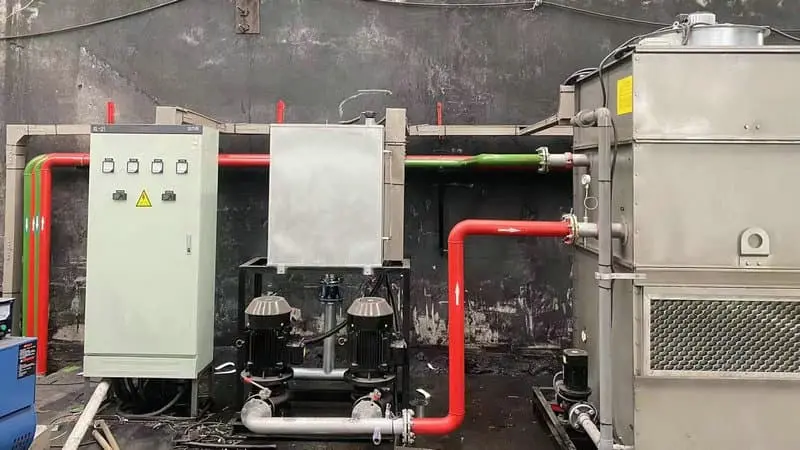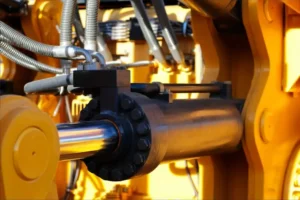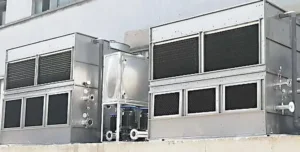
(1) Induction coil and capacitor cooling water system.
Adopt industrial pressure water cooling. The cooling water pressure should be maintained at 0.15~0.20MPa, the water temperature should be maintained at an inlet water temperature of 20~35°C, and an outlet water temperature below 55°C. If the cooling water temperature is too low, condensation will occur. If the water temperature exceeds 55℃, the cooling water capacity will be lost. In order to save water, a circulating cooling system can be used.
(2) Cooling system of thyristor inverter
The cooling water for silicon controlled transistors should meet the following conditions: the cooling water pressure should be maintained stably at 0.15MPa, the water quality should be softened, the hardness should be less than P8, the resistance should be above 20kΩ, and the insoluble matter in the water should be less than 0.03mg/L.
(3) Water cleaning
In addition to ensuring the pressure, temperature and other requirements of the cooling water, attention should also be paid to the quality of the cooling water. Dissolved substances and microorganisms in cooling water may have adverse effects on equipment operation. অতএব, it is recommended to add filtration and disinfection equipment to the system to keep the cooling water clean and sterile.
(4) Water quality
Hard water can cause scale buildup, which affects cooling and may damage equipment. Softening water quality is to reduce hardness and prevent the formation of scale. এছাড়াও, ensuring that the conductivity and resistance of the water meet standards helps maintain stable operation of the equipment. You can consider using an online water quality monitoring system to detect water quality abnormalities in a timely manner and take corresponding treatment measures.
(5) Centralized water supply and return system
In order to ensure the safe use of medium frequency induction furnace equipment, the cooling water system should implement centralized water supply and return. Water pressure alarm devices and water cutoff warning devices should be installed on waterways to prevent equipment accidents caused by insufficient water pressure or water outage.







